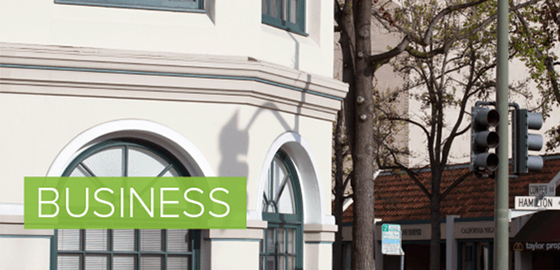Lighting accounts for up to 17% of the electricity used in commercial buildings, according to the U.S. Energy Information Administration, and fluorescent tube lamps have long been the workhorses. If your fluorescent lamps are ready to be put to rest, now is a great time to switch to high-performance LEDs, which bring many benefits to the table.
- Energy efficiency. LEDs are the most energy-efficient lighting option available.
- Long rated life. LEDs are rated to last up to 25,000 hours or more, far longer than fluorescent tube lamps.
- Durability. LEDs are resistant to vibration and breaking, making them a good fit for settings where maintenance is an issue.
- Instant start. LEDs start instantly; there's no more waiting for fluorescent tubes to come to full brightness.
- Cold temperature performance. Cold temperatures don't affect LED performance, making them well-suited for refrigeration applications.
- Excellent light quality. LEDs offer higher-quality lighting than fluorescents, optimizing visibility. They are also dimmable and available in different color tones.
- Excellent vibration resistance. LEDs are much better at handling the vibration of motors than previous generations.
LED replacement options
A lighting upgrade may sound expensive, but multiple upgrade options are available to fit any budget.
Replacement lamps are the same length as fluorescent tubes and fit into the same fixture and ballast. They simply pop into place; no extra wiring is needed. Replacements are easy to install but consume ballast power and require a new ballast once the existing one fails. Ballast-bypass lamps can be wired directly.
Retrofit kits offer a less expensive option than a new fixture, but they require more time and labor to install than replacement tubes. To install the kit, you have to add a direct-current (DC) block driver to the existing fixture. Make sure that the kit is UL-certified for safe operation and that it performs well when dimmed.
LED luminaires are designed to replace the existing fluorescent fixture completely. This option requires more labor and a higher initial cost, but it delivers the highest light output and efficiency and the best light quality.
Add controls
The instant start and dimmability of LEDs make them an excellent fit for energy-saving controls. Occupancy or vacancy sensors can shut off lighting in empty rooms. Photosensors combined with dimming controls can help you take advantage of natural light, saving energy while ensuring a comfortable and productive workspace.
Selecting the best option for your business depends on your budget, existing lighting system and energy-saving goals. Whichever solution you choose, you'll have a new lighting system that provides high-quality illumination and energy savings.



